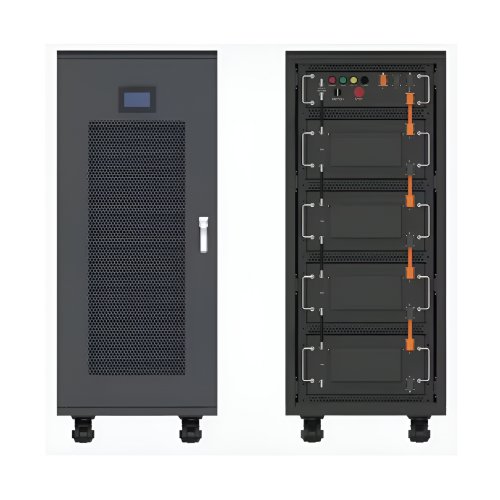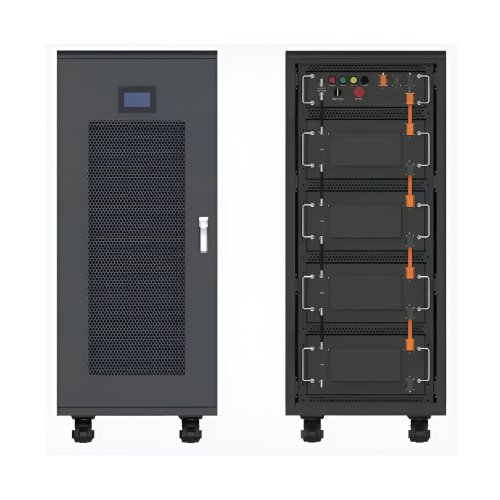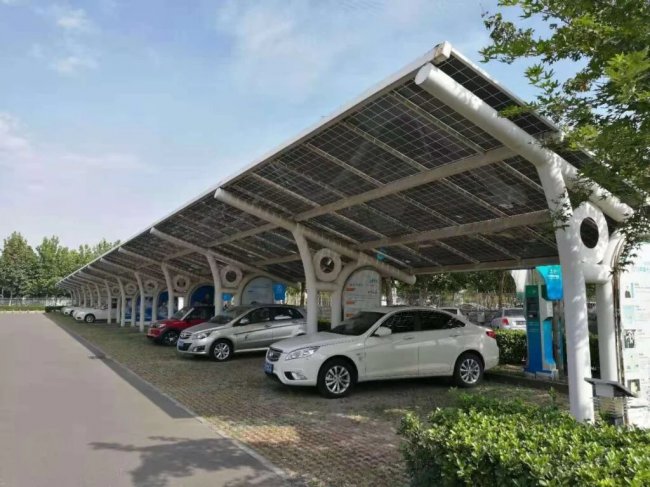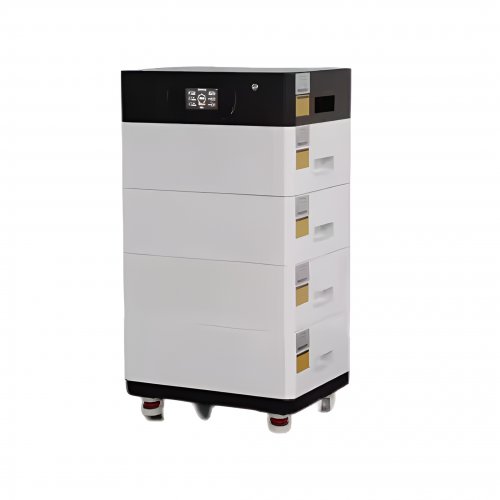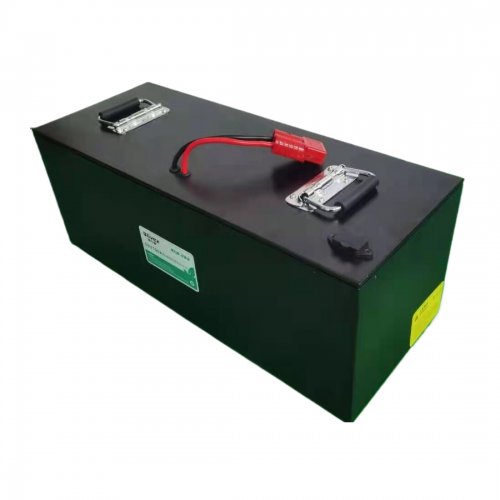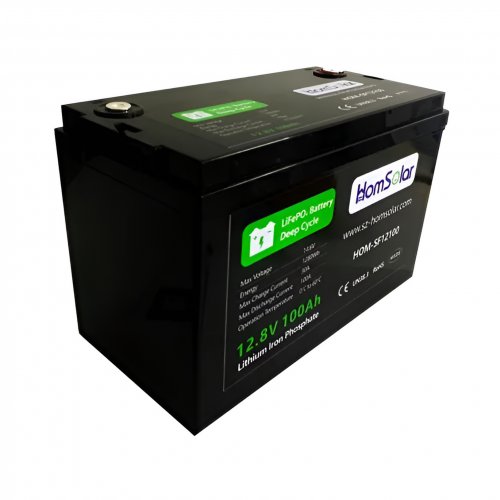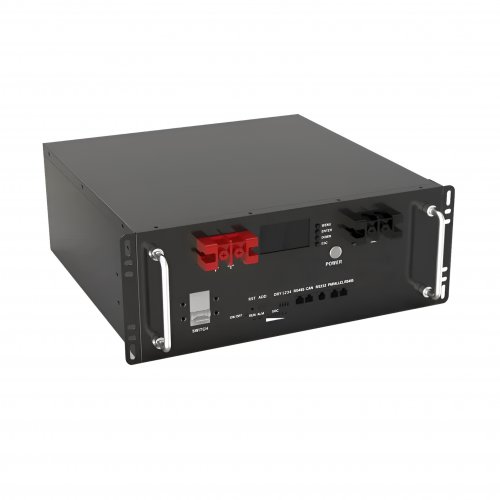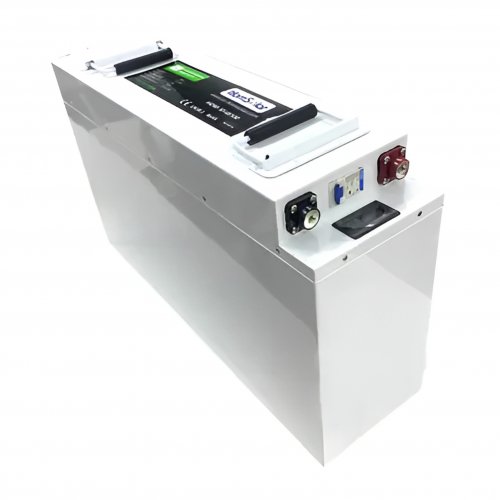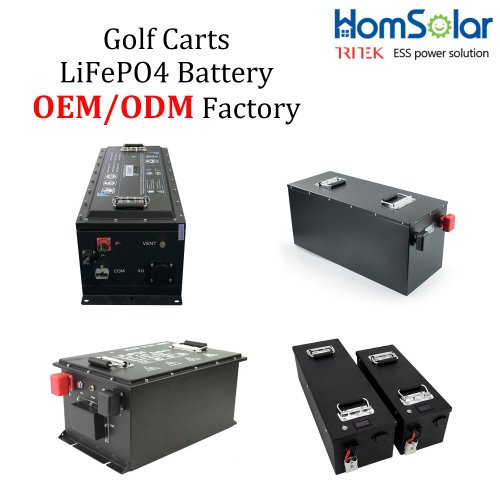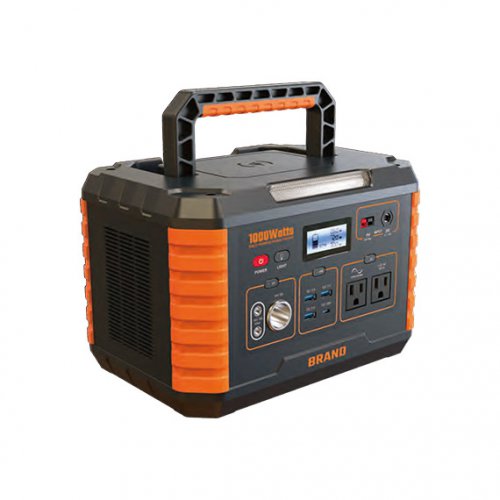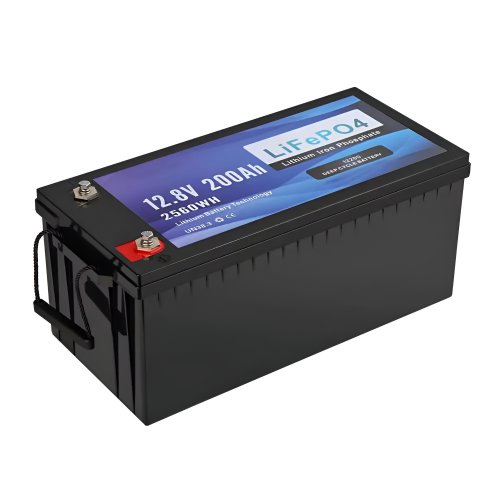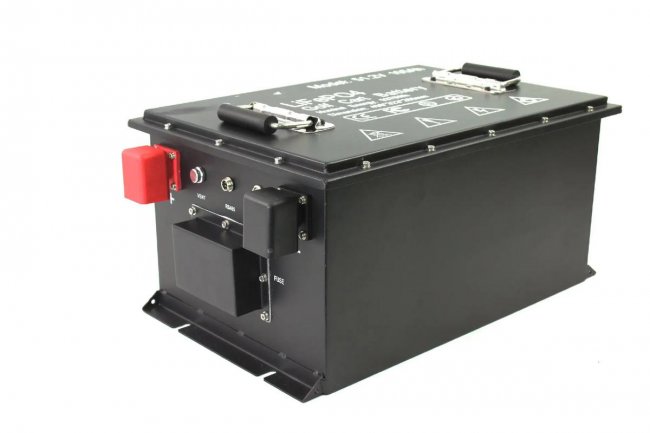Coupling PV with direct air capture
Scientists from the Shanghai Jiao Tong University in China have proposed to couple PV power plants with direct air capture (DAC) systems with the aim of reducing PV curtailment due to excess solar power across electricity grids.
“Combining PV and DAC could be feasible regardless of any approach intended to reduce curtailment,” the research's lead author, Miao Yihe, told pv magazine. “However, using curtailment can decrease the operational cost of DAC, which would contribute to its early development.”
DAC systems remove carbon from the atmosphere via both chemical and physical processes. Large-scale DAC systems, however, remain challenging due to difficult material development and process construction. Moreover, significant energy intensity restricts their widespread adoption. “Although the current deployment of flexible adsorbent-based DAC does not yield positive returns, its economic benefits and emission reduction potential will gradually emerge as carbon prices increase and adsorbent costs decrease in the future,” Yihe stated.
In the study “,” published in Carbon Capture Science & Technology, the researchers explained that their approach consisted of making PV-driven DAC systems participate in minute-level dispatch, which in turn allows the DAC to better match the fluctuation of PV plant.
The group assumed the flexible DAC units to be designed modularly, which allows each unit to operate as an independent load without the need for continuous operation, while also enabling interruptions between cycles or processes. Additionally, the curtailable and extendable adsorption process enables dynamic adjustment of the activation time for the desorption process. “Each unit can operate independently, reducing the dependency of the overall system on a continuous power supply,” it further explained. “These devices can dynamically start up or shut down based on the intermittency and availability of solar power.”
The academics conducted a comparative techno-economic analysis of deploying DAC and battery energy storage (BES) systems at a 1 GW solar power plant located in Qinghai Province, China. The facility was commissioned in 2023 and is linked to a 200MW/255MWh lithium iron phosphate (LiFePO4) BES system. The DAC system is assumed to be based on temperature vacuum swing adsorption (TVSA) processes to capture CO2 from air.
“The energy requirements are met through power curtailment or electricity purchased from the grid, with a strategy that prioritizes the use of zero-cost power curtailment and supplements with grid electricity as needed,” the team specified. “The BES systems charged or discharged as needed, providing auxiliary peak shaving services to the grid.“
The research team explained that the adsorption process adopted for the DAC system is curtailable and extendable. This means that, when the power curtailment is insufficient and using grid electricity is not economically viable, the system can extend the adsorption time up to a maximum of two hours before desorption to reduce operational costs, while dynamically adjusting operations based on power availability.
The analysis showed that the DAC system can achieve the lowest cost in utilizing power curtailment and capturing CO2. “Case analysis results indicate that flexible DAC is the most cost-effective solution, and the flexible operation strategy enables DAC to be compatible with the intermittency of PV without the need for BES,” the academics emphasized. “Deploying BES in addition to flexible DAC does not produce positive impacts but diminishes the ability of flexible DAC to address the curtailment issue.”
The team believes that the combination of DAC and PV could become viable by 2030, especially if carbon prices gradually increase and adsorbent costs decrease.
Customized/OEM/ODM Service
HomSolar Supports Lifepo4 battery pack customization/OEM/ODM service, welcome to contact us and tell us your needs.


HomSolar: Your One-stop LiFePO4 Battery Pack & ESS Solution Manufacturer
Our line of LiFePO4 (LFP) batteries offer a solution to demanding applications that require a lighter weight, longer life, and higher capacity battery. Features include advanced battery management systems (BMS), Bluetooth® communication and active intelligent monitoring.

Customised Lithium Iron Phosphate Battery Casing
ABS plastic housing, aluminium housing, stainless steel housing and iron housing are available, and can also be designed and customised according to your needs.

HomSolar Smart BMS
Intelligent Battery Management System for HomSolar Energy Storage System. Bluetooth, temperature sensor, LCD display, CAN interface, UART interface also available.


Terminals & Plugs Can Be Customized
A wide range of terminals and plugs can be customised to suit the application needs of your battery products.

Well-designed Solutions for Energy Storage Systems
We will design the perfect energy storage system solution according to your needs, so that you can easily solve the specific industry applications of battery products.



About Our Battery Cells
Our energy storage system products use brand new grade A LiFePO4 cells with a battery lifespan of more than 4,000 charge/discharge cycles.



Applications in Different Industries
We supply customized & OEM battery pack, assemble cells with wiring, fuse and plastic cover, all the cell wires connected to PCB plug or built BMS.
Applications: E-bike, Electric Scooter, Golf Carts, RV, Electric Wheelchair, Electric Tools, Robot Cleaner, Robot Sweeper, Solar Energy Storage System, Emergency Light, Solar Power Light, Medical Equipment, UPS Backup Power Supply.
We can provide you with customized services. We have the ability to provide a vertical supply chain, from single cells to pack/module and to a complete power solution with BMS, etc.


HomSolar (Shenzhen) Technology Co., Ltd







